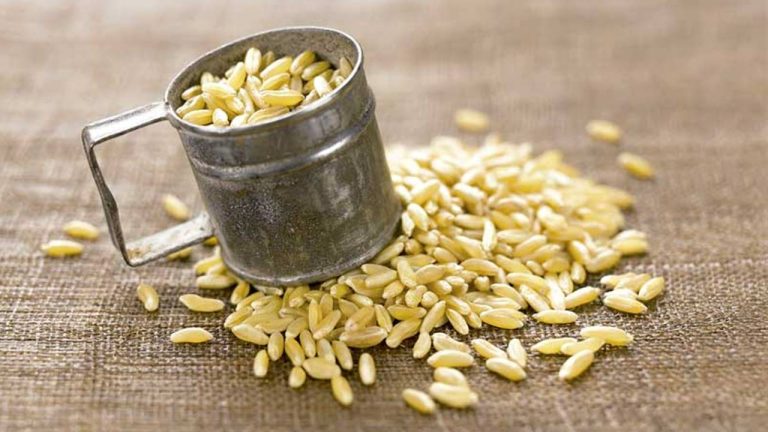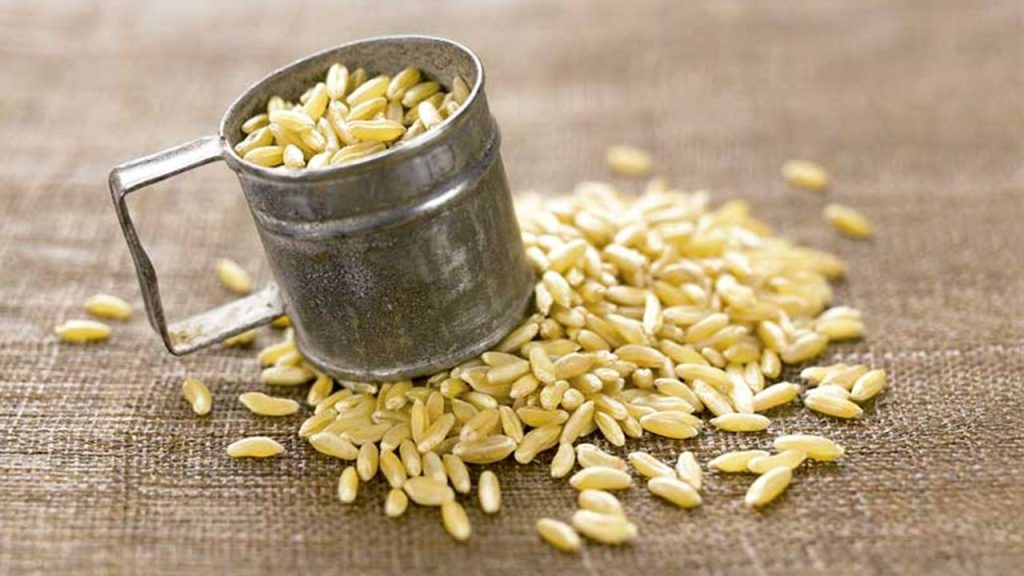
They are an alternative to rice and white wheat to expand the variety of cereals used in cooking. Get to know its many virtues and flavors.
Cereals have been at the base of human nutrition since the invention of agriculture. Their versatility and the large amount of energy they provide to our body have led them to the base of the nutritional pyramid.

During the twentieth century we moved away from the original grains in favor of refined flours, but in this twenty-first century we are recovering interest and appreciation for cereals in their purest state and even some that had been marginalized and forgotten have recovered. Here are some of the healthiest cereals you should incorporate into your menus.
AMARANTH
Related to quinoa, amaranth shares with it many of its nutritional and culinary properties, despite being really a cereal.
It was known to the ancient Aztec peoples, who also consumed its leaves as a vegetable. It is currently grown in Mexico and Central America.
It stands out for its richness in proteins (16%) and iron (60 g provide 25% of the necessary per day), as well as magnesium and calcium.
This seed is very quick to cook and, as with corn, with it you can also prepare delicious popcorn.
BULGUR
This food, very common in North Africa and the Middle East, consists of slightly sprouted wheat grains that, after being gently steamed, are dried and crushed.
This germination makes it more digestible and gives it very high nutritional properties: it is rich in fiber, potassium and B vitamins.
Bulgur is tastier than couscous, and like it, it is ideal for very busy people because to prepare it only ten minutes of cooking or a simple soak in the case of the finest variety are necessary.
KAMUTH WHEAT
Its name means “the soul of the earth”. It is presented as “the wheat of the pharaohs”, the ancestor of modern durum wheats, which has remained unhybridized for thousands of years.
Although it contains little fiber, it is rich in complex carbohydrates, contains more protein than conventional wheat (16% versus 11.5%) and is more usable.
Its grains, large and elongated, have a sweet taste.
Very resistant to pests and adverse conditions, kamut is ideal for organic farming. In addition, it easily retains its nutrients when stored.
BUCKWHEAT
This grain native to the plateaus of Central Asia, also called buckwheat, is not part of the grass family, but due to its characteristics and culinary uses it resembles cereals.
Its grains have a peculiar triangular shape, like a small pyramid. They are very digestive and give off a slight nutty flavor, especially if roasted.
Its flour, devoid of gluten and very rich in starch, is ideal for preparing crepes and is the basis of the famous Japanese “soba” pasta.
It emphasizes its content in fatty acids, beneficial for circulation.
MILLET
A very common cereal of central Africa, its tiny golden grains were considered sacred in ancient China.
Currently, and due to its great resistance to drought, it is a subsistence food for many peoples in unfavorable climates.
It has the advantage of not containing gluten, and its richness in iron is extraordinary (60 g provide 41% of daily needs). It is a very energetic food and a remarkable source of magnesium.
Its texture is crunchy and has an intense flavor, full of nuances. Millet cooks easily and is ideal for preparing croquettes, fillings and puddings.
QUINOA
Although it is not a true cereal, given its gastronomic characteristics it is usually included in this category.
Its origins date back to the ancient Inca empire, and for millennia it has been considered a fundamental food in the indigenous cultures of Bolivia, Peru and Ecuador.
Like millet, it does not contain gluten. Its greatest virtue is its high protein content (between 14 and 6%), with a presence of amino acids that makes them very assimilable.
It cooks very quickly. The delicate taste of its crunchy grains allows sweet and salty preparations
SPELT
It is a variety of wild wheat, rustic in appearance and intense flavor, which was introduced to the Iberian Peninsula by the Celtic and Germanic tribes.
Spelt shares many properties with wheat, but is tastier and more digestible because of its higher water content. It emphasizes its richness in iron and magnesium. It contains all the essential amino acids and is very rich in fiber.
Germinating it is one of the most recommended ways to consume it. It acquires a pleasant sweet taste and multiplies its nutrients.